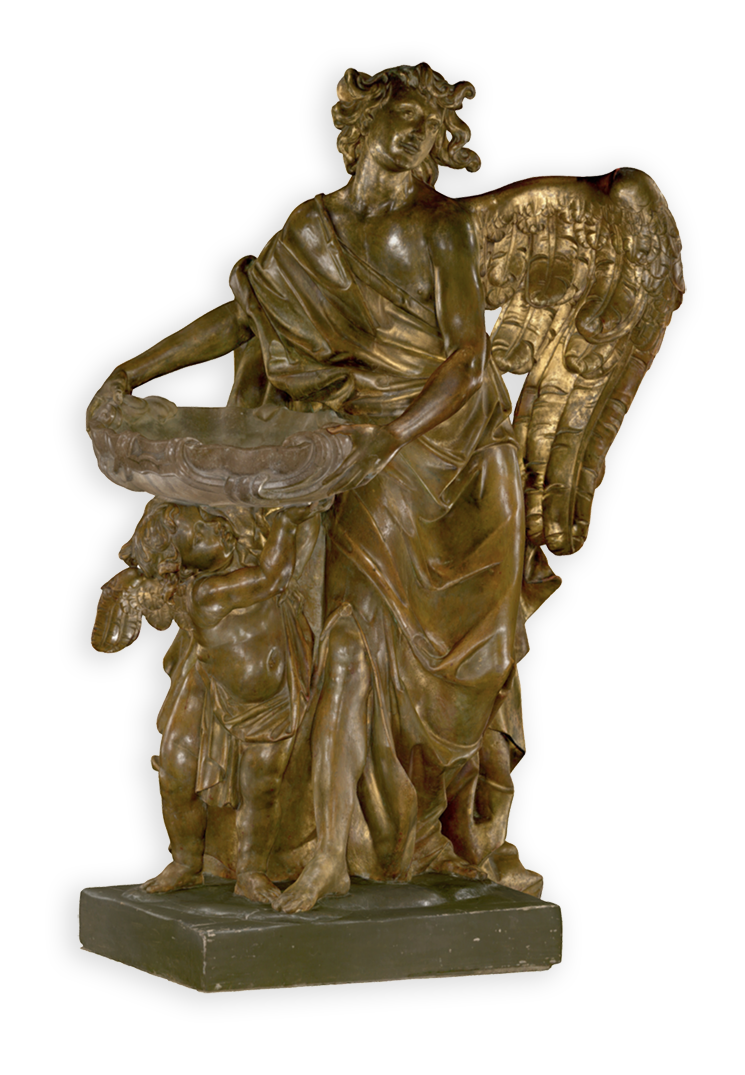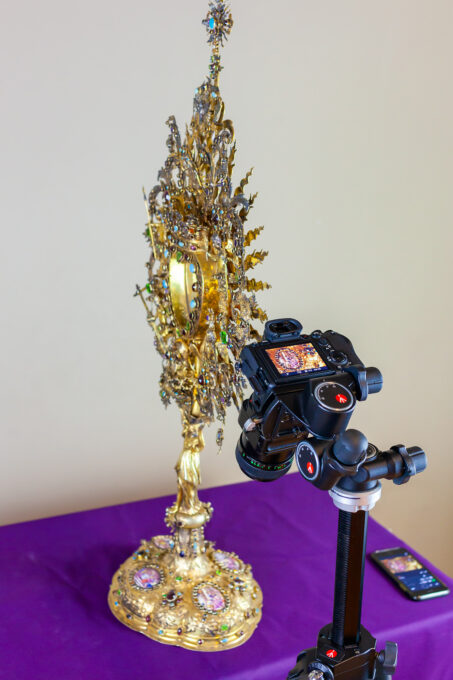Tools
We set new standards in digitalisation and virtualisation of monuments
explore
Why 3D?
Why 3D?
Using different types of aerial, stationary, mobile and manual laser and optical tools, we scan all kinds of monuments, including architecture, sculpture, painting, artistic crafts, etc. They are accurate copies of the objects which actually exist.
Using dedicated software, w process raw scans into three-dimensional models containing texture. We create a grid model which contains a set of vertices, edges and surfaces which determine the shape of irregular objects (such as sculptures) in 3D computer graphics and block modelling.
By using reverse engineering, we can restore elements of historical artifacts (e.g. sculptures, ceramics, etc.) or recreate in detail the designs of architectural monument which never existed.
Finally, we create interactive educational applications which use the digital heritage resources generated in our projects. In this process, we strive to use the most advanced visualisation technologies, such as virtual and augmented reality (VR/AR) to make learning as attractive as possible.
Tools
Tools
Our main task in this project is two and three-dimensional digitalisation, inventory and virtualisation of historic sacred objects together with the elements of their equipment and development of descriptions of digitalised monuments which are adapted for educational, scientific and popularising purposes.
For this purpose, we use the latest technological advances, including:










